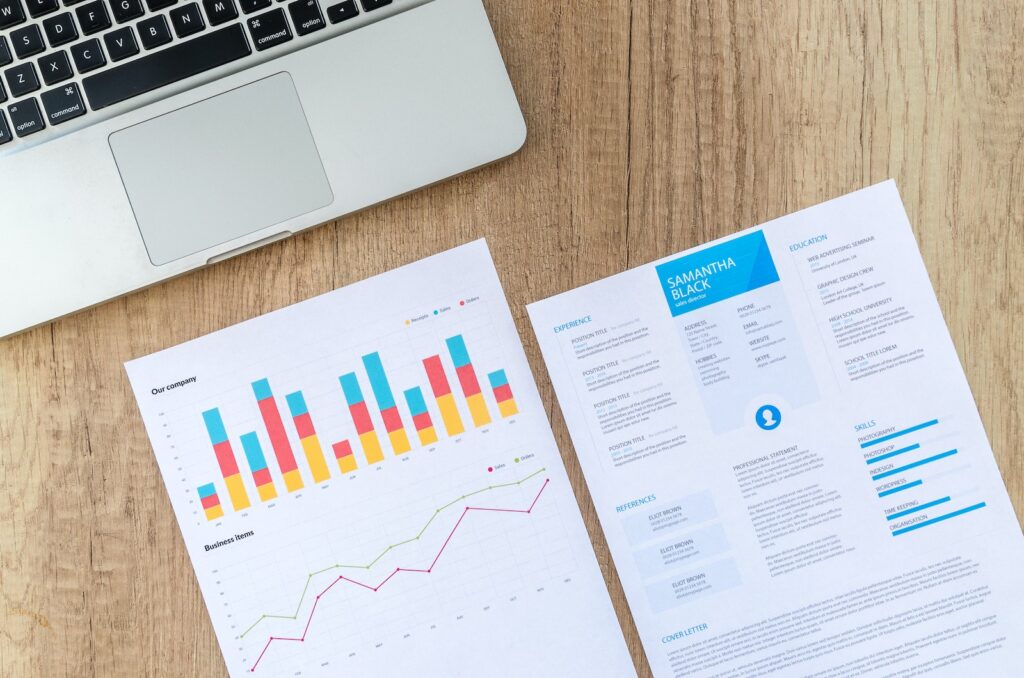Smart Data Analysis for Targeted Debt Collection: Insights for Private Lenders
Debt collection can be a complex and challenging task for private lenders and real estate investors. However, with the advent of smart data analysis, there is a powerful tool that can significantly enhance the effectiveness and efficiency of debt collection efforts. In this article, we will explore the world of smart data analysis and provide actionable insights and tips for private lenders to achieve targeted debt collection with greater success.
Smart data analysis involves the utilization of advanced analytical techniques and tools to extract meaningful insights from large volumes of data. By analyzing debtor behavior, payment patterns, and potential risks, private lenders can make informed decisions, optimize their collection strategies, and maximize their chances of successful debt recovery.
This article will guide you through the process of implementing smart data analysis, from collecting and organizing relevant data to segmenting your debtor portfolio and utilizing predictive analytics.
By following the steps outlined in this article, private lenders can harness the power of smart data analysis to achieve targeted debt collection with precision.
Through enhanced decision-making, targeted approaches, improved resource allocation, and predictive insights, private lenders can optimize their collection efforts and increase their chances of recovering outstanding debts. Let’s dive into the world of smart data analysis and unlock the potential for greater success in debt collection.
Understanding the Power of Smart Data Analysis
Smart data analysis refers to the process of utilizing advanced analytical techniques and tools to extract meaningful insights from large volumes of data. In the context of debt collection, it involves leveraging data to gain a deep understanding of debtor behavior, payment patterns, and potential risks.
By analyzing this data, you can make informed decisions, optimize your collection strategies, and maximize your chances of successful debt recovery.
The Benefits of Smart Data Analysis in Debt Collection
Implementing smart data analysis techniques in debt collection offers several key benefits:
1. Enhanced Decision-Making:
By analyzing debtor data, you gain valuable insights that can guide your decision-making process. Understanding debtor payment patterns, delinquency trends, and risk factors allows you to tailor your collection strategies accordingly.
2. Targeted Debt Collection:
Smart data analysis enables you to segment your debtor portfolio based on relevant criteria, such as delinquency period, payment history, or loan type. This segmentation allows you to customize your collection approaches for each segment, increasing the likelihood of successful debt recovery.
3. Improved Resource Allocation:
With smart data analysis, you can prioritize your collection efforts by focusing on debtors with a higher probability of repayment. By directing your resources towards these cases, you optimize your collection efficiency and minimize costs.
4. Predictive Insights:
Utilizing predictive analytics models, you can forecast the likelihood of debt recovery for individual debtors. This enables you to allocate your resources more effectively, improving your overall collection success rates.
Steps to Implement Smart Data Analysis in Debt Collection
Now that we understand the importance of smart data analysis, let’s explore the steps you can take to implement it effectively:
1. Collect and Organize Relevant Data:
Start by gathering comprehensive data about your debtors, including their contact information, payment history, outstanding balances, and any relevant notes. Organize this data in a structured manner using spreadsheets or specialized debt collection software.
2. Choose Suitable Data Analysis Tools:
Select advanced data analytics tools that align with your specific debt collection needs. These tools should have features for data visualization, segmentation, and predictive analytics. Some popular options include Tableau, Power BI, and Excel’s data analysis capabilities.
3. Define Key Performance Indicators (KPIs):
Identify relevant KPIs that will help you measure the success of your debt collection efforts. Examples of KPIs include recovery rate, collection cost, average days delinquent, and the percentage of successful negotiations. Regularly monitor these metrics to track your progress and make data-driven decisions.
4. Segment Your Debtor Portfolio:
Divide your debtor portfolio into segments based on specific criteria. Common segmentation approaches include delinquency period, payment history, loan type, or outstanding balances. Each segment may require different collection strategies, so tailoring your approaches can significantly improve your results.
5. Analyze Data and Extract Insights:
Utilize your chosen data analysis tools to examine the collected data and extract actionable insights. Look for patterns, trends, and correlations that can guide your debt collection strategies. For example, you may discover that debtors in a specific industry tend to have higher delinquency rates, allowing you to adjust your approaches accordingly.
6. Implement Personalized Communication:
Effective communication plays a vital role in debt collection. Utilize your insights to personalize your communication channels and messages. Automated systems can send targeted reminders, payment notifications, and follow-ups, improving debtor engagement and increasing the likelihood of timely repayments.
7. Continuously Refine and Optimize:
Smart data analysis is an iterative process. Regularly evaluate your collection strategies and their outcomes. Identify areas for improvement, adjust your approaches, and refine your analysis techniques based on the insights gained. This continuous refinement ensures that your debt collection efforts remain effective and aligned with debtor behavior.
Example Use Case: Maximizing Debt Recovery with Smart Data Analysis
Let’s consider an example to illustrate how smart data analysis can maximize debt recovery. Imagine you have a debtor portfolio segmented into different categories based on delinquency period.
Through data analysis, you discover that debtors within the first 30 days of delinquency have a higher likelihood of repayment compared to those who have been delinquent for over 90 days.
Armed with this insight, you can focus your resources on the more recent delinquencies, implementing proactive communication strategies and offering early settlement options. By targeting the right debtors at the right time, you increase the chances of successful recovery while optimizing your collection efforts.
Remember that each debtor portfolio is unique, and smart data analysis allows you to uncover patterns specific to your business. Continuously refine your analysis techniques, adapt to changing debtor behaviors, and refine your collection strategies based on the insights gained.
Final Words
Implementing smart data analysis techniques in your debt collection strategies empowers you to optimize your efforts, increase recovery rates, and minimize operational costs and risks. By leveraging advanced data analytics tools, segmenting your debtor portfolio, monitoring KPIs, and making data-driven decisions, you can enhance your debt collection outcomes.
Remember, data analysis is an ongoing process that requires continuous learning and adaptation. Stay up-to-date with the latest industry trends, explore new tools and techniques, and share your experiences with fellow professionals to collectively elevate the art of targeted debt collection.
Start harnessing the power of smart data analysis today, and unlock valuable insights to achieve targeted debt collection success.

